

Articles
How To Cook Beef Tongue In A Slow Cooker
Modified: August 25, 2024
Learn how to cook tender beef tongue in a slow cooker with this easy-to-follow recipe. Perfect for your next family dinner, this article will guide you step by step.
(Many of the links in this article redirect to a specific reviewed product. Your purchase of these products through affiliate links helps to generate commission for Storables.com, at no extra cost. Learn more)
Introduction
Welcome to the world of slow cooker cooking! If you’re looking to add some unique and flavorful dishes to your culinary repertoire, then cooking beef tongue in a slow cooker is definitely worth a try. While it may sound intimidating, cooking beef tongue in a slow cooker is a surprisingly simple and rewarding process.
Beef tongue, also known as ox tongue, is a versatile and tender cut of meat that offers a rich and savory flavor. It is often used in traditional recipes in various cuisines around the world. However, many people are hesitant to cook tongue because they are unsure of how to prepare it or are unfamiliar with its taste. Using a slow cooker takes away the guesswork and allows you to achieve tender and delicious results every time.
There are several benefits to cooking beef tongue in a slow cooker. First and foremost, the slow cooking process allows the tough muscle fibers in the tongue to break down, resulting in a tender and melt-in-your-mouth texture. It also allows the flavors to develop and meld together for a truly flavorful dish. Additionally, using a slow cooker is extremely convenient as it requires minimal hands-on time and can be left unattended for hours, making it perfect for busy individuals or those who prefer to have meals ready when they come home.
In this article, we will guide you through the process of choosing, prepping, seasoning, and slow cooking beef tongue. We will also provide tips on checking for doneness and slicing the tongue for serving. Furthermore, we will share some delicious beef tongue recipes that you can try to impress your family and friends.
So, roll up your sleeves and get ready to discover the deliciousness of slow cooker beef tongue!
Key Takeaways:
- Embrace the convenience and flavor infusion of slow cooker beef tongue, creating tender, budget-friendly dishes with minimal hands-on time. From tacos to curries, savor the rich, savory taste in versatile culinary creations.
- Discover the world of slow cooker cooking with beef tongue, unlocking tender, juicy textures and flavorful infusions. From classic seasonings to exotic curries, elevate your culinary repertoire with this versatile and budget-friendly cut of meat.
Read more: How To Cook Ground Beef In A Slow Cooker
Benefits of Cooking Beef Tongue in a Slow Cooker
When it comes to cooking beef tongue, using a slow cooker can provide several advantages. Let’s take a closer look at some of the benefits you can enjoy when preparing this delectable cut of meat in a slow cooker.
- Tender and Juicy Texture: Beef tongue is a muscle that is constantly working, which means it can be tough if not cooked properly. The slow cooking process in a slow cooker helps to break down the tough muscle fibers, resulting in a tender and succulent texture. You will be amazed at how easily the tongue can be sliced and how tender it is to the bite.
- Flavor Infusion: Slow cooking allows the beef tongue to marinate in its own juices, enhancing its natural flavors. Additionally, you have the freedom to add various seasonings, herbs, and spices to infuse even more flavor into the meat. The result is a well-seasoned and flavorful dish that will impress your taste buds.
- Convenience: One of the biggest advantages of using a slow cooker is the convenience it offers. Simply season the beef tongue, place it in the slow cooker, set the timer, and let it cook low and slow. You can go about your day knowing that a delicious meal is slowly simmering away, ready to be enjoyed when you return home.
- Time-Saving: While slow cooking may take several hours, the hands-on time is minimal. You can easily prep the tongue in the morning or even the night before, and let it cook throughout the day. This is especially beneficial for busy individuals who want to enjoy a home-cooked meal without spending hours in the kitchen.
- Versatility: Slow-cooked beef tongue is incredibly versatile and can be used in a variety of dishes. Whether you want to serve it as a main course, slice it for sandwiches, or use it in tacos or quesadillas, the tender and flavorful meat can elevate any dish.
- Budget-Friendly: Beef tongue is often an affordable cut of meat, making it an excellent choice for those on a budget. Using a slow cooker further enhances its value as it allows the meat to become tender and flavorful without the need for expensive cuts.
With all these benefits, it’s clear why using a slow cooker to cook beef tongue is a game-changer. Not only does it simplify the cooking process, but it also guarantees delicious and tender results every time.
Choosing and Prepping the Beef Tongue
Before you can start slow cooking your beef tongue, it’s important to choose the right cut and properly prepare it for cooking. Here are some valuable tips to help you select and prep your beef tongue:
Choosing the Beef Tongue:
- When purchasing beef tongue, look for a fresh, high-quality cut from a reliable meat supplier or grocery store. Choose a tongue that is pinkish-red in color and has a clean appearance.
- Size matters! Consider the size of your slow cooker when selecting a beef tongue. Make sure the tongue is small enough to comfortably fit in your slow cooker without overcrowding.
- If possible, opt for a tongue that has been skinned. While you can remove the skin yourself, purchasing a pre-skinned tongue can save you some prep time.
Prepping the Beef Tongue:
- Start by rinsing the beef tongue under cold water to remove any excess blood or debris. Pat it dry with paper towels.
- If the tongue has skin, you can either leave it on or remove it. To remove the skin, use a sharp knife to make a small incision at the tip of the tongue and gently peel the skin away. This step is optional, as some people prefer to leave the skin intact for added flavor and texture.
- Trim any excess fat or connective tissue from the tongue. Be careful not to remove too much as some fat is needed to keep the meat moist and flavorful during the slow cooking process.
- Once the tongue is prepped, it’s a good idea to season it with salt and pepper or your preferred seasoning blend. This will help enhance the flavor of the meat as it slow cooks.
- At this point, you can also marinate the beef tongue overnight in a mixture of your favorite herbs, spices, and liquid, such as Worcestershire sauce, soy sauce, or red wine. This step is optional but can add an extra layer of flavor to the dish.
Now that your beef tongue is chosen and prepped, you’re ready to move on to the next step: slow cooking. The slow cooker will take care of the rest, transforming the beef tongue into a delectable and tender dish that will impress your taste buds.
Seasoning and Flavoring Options
When it comes to seasoning and flavoring your slow-cooked beef tongue, the possibilities are endless. The type of seasonings and flavors you choose will depend on your personal taste preferences and the cuisine you wish to explore. Here are a few seasoning and flavoring options to consider:
Classic Seasonings:
- Keep it simple with a classic combination of salt and pepper. This will allow the natural flavors of the beef tongue to shine.
- Garlic and onion powder are excellent choices for adding a savory and aromatic touch to the meat.
- Paprika or smoked paprika can lend a mild spiciness and a smoky flavor to your beef tongue.
Herbs and Spices:
- Experiment with dried herbs like thyme, rosemary, or oregano. These herbs infuse the meat with earthy and aromatic notes.
- For a touch of warmth, consider adding a pinch of cayenne pepper or chili powder.
- If you enjoy a bit of sweetness, a small amount of brown sugar or honey can balance out the savory flavors.
Flavor Enhancers:
- Soy sauce or Worcestershire sauce can add depth of flavor and a hint of umami to your beef tongue.
- For a tangy twist, try adding a splash of balsamic vinegar or apple cider vinegar.
- If you prefer a brighter and citrusy taste, a squeeze of lemon or lime juice can do wonders.
Marinades and Liquid Options:
- Consider marinating your beef tongue overnight in a mixture of your favorite liquids, such as red wine, beef broth, or a combination of herbs-infused stock.
- Beer or stout can also be used to create a rich and flavorful cooking liquid.
- For a touch of exotic flavor, coconut milk or tamarind paste can be used to create a fragrant and unique taste profile.
Remember to adjust the seasoning and flavors to your liking. Feel free to get creative and experiment with different combinations until you find the perfect flavor profile for your beef tongue.
Now that you’ve seasoned and flavored your beef tongue, it’s time to let the flavors meld together as the meat slowly cooks in the tenderizing environment of your slow cooker.
Slow Cooking the Beef Tongue
Now that you’ve chosen and prepped your beef tongue, it’s time to let the slow cooker work its magic. Follow these simple steps to slow cook your beef tongue to perfection:
- Place the prepped beef tongue in the slow cooker. If you’re using a whole tongue, make sure it fits comfortably without overcrowding the slow cooker. If necessary, you can slice the tongue into smaller pieces to fit.
- Add your desired cooking liquid, such as beef broth, beer, or a marinade of your choice. The liquid should come up about halfway up the side of the tongue, but not completely submerge it.
- Cover the slow cooker with a lid and set it to low heat. Slow cooking is a gentle and prolonged cooking method, so it’s best to cook the beef tongue on low heat for 6 to 8 hours. This extended cooking time allows the tongue to become tender and flavorful.
- During the cooking process, avoid the temptation to lift the lid and check on the meat too frequently. Every time you open the lid, heat escapes, which can affect the cooking time and result in less tender meat.
- Allow the beef tongue to cook undisturbed until it reaches the desired tenderness. You can check for doneness by inserting a fork or skewer into the thickest part of the tongue. If it easily slides in and out, the tongue is ready.
- Once the beef tongue is cooked, turn off the slow cooker and carefully remove the tongue from the cooking liquid. Place it on a cutting board to cool slightly before proceeding to the next step.
The slow cooking process will work its magic, transforming the beef tongue into a tender and flavorsome dish. The low heat and long cooking time allow the meat to become incredibly tender, making it perfect for slicing and serving.
Now that your beef tongue is beautifully cooked, let’s move on to the next step: checking for doneness and getting ready to slice and serve.
Before cooking, peel the tough outer skin of the beef tongue. Then, place it in the slow cooker with your choice of seasonings and enough liquid to cover. Cook on low for 8-10 hours until tender.
Read more: How To Cook Beef Shank In Slow Cooker
Checking for Doneness
Checking the doneness of your slow-cooked beef tongue is important to ensure that it is cooked to perfection. Here are a few methods to determine if your beef tongue is done:
Visual Inspection:
One way to check for doneness is through visual inspection. The beef tongue should have a dark brown or caramelized exterior, with the meat pulling away slightly from the bone. The texture should be tender and the meat should easily separate with a fork.
Fork or Skewer Test:
Insert a fork or skewer into the thickest part of the beef tongue. If the fork or skewer effortlessly goes in and comes out without any resistance, the tongue is cooked to perfection. The meat should feel tender and easily separate into strands.
Internal Temperature:
Using a meat thermometer is another reliable method to ensure that your beef tongue is cooked to the desired temperature. The internal temperature of the tongue should reach at least 160°F (71°C) to ensure that it is fully cooked and safe to consume.
Remember to insert the meat thermometer into the thickest part of the beef tongue, avoiding any bones or fatty areas. This will give you an accurate reading of the internal temperature.
Once your beef tongue passes the doneness test, it’s time to move on to the final step: slicing and serving the tender meat.
Slicing and Serving the Beef Tongue
After your slow-cooked beef tongue has reached the desired level of tenderness, it’s time to slice it and get ready to savor its delicious flavors. Follow these steps to slice and serve your beef tongue:
- Allow the cooked beef tongue to rest on a cutting board for a few minutes to retain its juices and make it easier to handle.
- Using a sharp knife, carefully slice the tongue against the grain into thin or thick slices, depending on your preference. Slicing against the grain helps to shorten the muscle fibers, resulting in more tender and easier-to-chew meat.
- Arrange the sliced beef tongue on a serving platter or individual plates, ready for presentation.
- You can serve the beef tongue slices as is, or incorporate them into various dishes. It can be the star of the meal, served with side dishes like roasted vegetables or mashed potatoes. It can also be transformed into sandwiches, tacos, or quesadillas, or used as a flavorful topping for salads or rice bowls.
- Garnish your beef tongue slices with fresh herbs, such as parsley or cilantro, for a burst of freshness. Squeezing a bit of lemon or lime juice over the meat can add a citrusy kick.
- Serve your slow-cooked beef tongue immediately while it’s still warm, allowing everyone to indulge in its tender and flavorful goodness.
Remember, beef tongue is a versatile meat that can be enjoyed in various ways, so don’t be afraid to get creative with your preparations and pairings.
Now that you know how to slice and serve your slow-cooked beef tongue, let’s explore some delicious beef tongue recipes that will allow you to showcase this unique delicacy.
Delicious Beef Tongue Recipes to Try
Once you’ve mastered the art of slow cooking beef tongue, it’s time to explore some delightful recipes that will showcase the flavors and tenderness of this unique cut. Here are a few delicious beef tongue recipes to try:
Beef Tongue Tacos:
For a flavorful and satisfying meal, try making beef tongue tacos. Simply slice the slow-cooked beef tongue into thin strips and serve it on warm tortillas. Top with your favorite taco toppings, such as diced onions, fresh cilantro, and a squeeze of lime juice. Add a drizzle of spicy salsa or a dollop of creamy guacamole for an extra kick.
Beef Tongue Sandwich:
Create a mouthwatering sandwich by layering thinly sliced beef tongue on fresh bread. Add your choice of condiments, such as mustard, mayonnaise, or horseradish sauce. Top it off with crunchy lettuce, sliced tomatoes, and pickles for added freshness and zing.
Beef Tongue Stew:
Transform your slow-cooked beef tongue into a hearty stew. Cut the tongue into cubes and combine it with vegetables like carrots, potatoes, and onions. Add beef broth, aromatic herbs, and spices for a flavorful broth. Let it simmer on low heat until the vegetables are tender and the flavors have melded together. Serve the stew piping hot with crusty bread for dipping.
Beef Tongue Salad:
Create a light and refreshing salad by slicing the slow-cooked beef tongue into thin strips. Toss it with a mix of greens, such as spinach or arugula, and add colorful vegetables like cherry tomatoes, cucumbers, and radishes. Drizzle with a tangy vinaigrette or your favorite salad dressing for a burst of flavor.
Beef Tongue Curry:
Give your beef tongue an exotic twist by incorporating it into a flavorful curry. Slice it into bite-sized pieces and simmer it in a fragrant curry sauce, along with vegetables like bell peppers, onions, and potatoes. Serve the curry over steamed rice or with warm naan bread for a satisfying and aromatic meal.
These are just a few ideas to inspire you in your culinary journey with beef tongue. Feel free to get creative and adapt these recipes to your taste preferences. The tender and flavorful meat of slow-cooked beef tongue is sure to elevate these dishes to new heights.
Now that you have a variety of recipes to try, it’s time to get cooking and enjoy the delicious results!
Conclusion
Cooking beef tongue in a slow cooker opens up a world of possibilities and allows you to enjoy this unique cut of meat in all its tender and flavorful glory. From tacos and sandwiches to stews and curries, there are endless ways to savor the deliciousness of slow-cooked beef tongue.
By choosing and prepping the beef tongue properly, seasoning it with your favorite herbs and spices, and slow cooking it to perfection, you can achieve melt-in-your-mouth tenderness and a rich, savory taste. The slow cooking process helps break down the tough muscle fibers, resulting in a tender and succulent texture that is sure to impress.
Using a slow cooker also offers the convenience and time-saving benefits that many busy individuals appreciate. With minimal hands-on time and the ability to let the slow cooker work its magic while you go about your day, cooking beef tongue becomes an effortless and rewarding experience.
Whether you enjoy it in tacos, sandwiches, stews, salads, or curries, beef tongue brings a unique and delightful flavor to any dish. Its versatility allows you to experiment and get creative in the kitchen, showcasing this underappreciated delicacy in a variety of culinary applications.
So, don’t be intimidated by beef tongue. Embrace the slow cooker as your partner in the kitchen and embark on a culinary adventure with this incredible cut of meat. From tender slices of beef tongue in tacos to hearty stews and aromatic curries, there is a world of deliciousness waiting to be explored.
Now that you have the knowledge and recipes to embark on your beef tongue journey, it’s time to roll up your sleeves, fire up the slow cooker, and indulge in the wonderful flavors and textures that await you. Bon appétit!
Frequently Asked Questions about How To Cook Beef Tongue In A Slow Cooker
Was this page helpful?
At Storables.com, we guarantee accurate and reliable information. Our content, validated by Expert Board Contributors, is crafted following stringent Editorial Policies. We're committed to providing you with well-researched, expert-backed insights for all your informational needs.



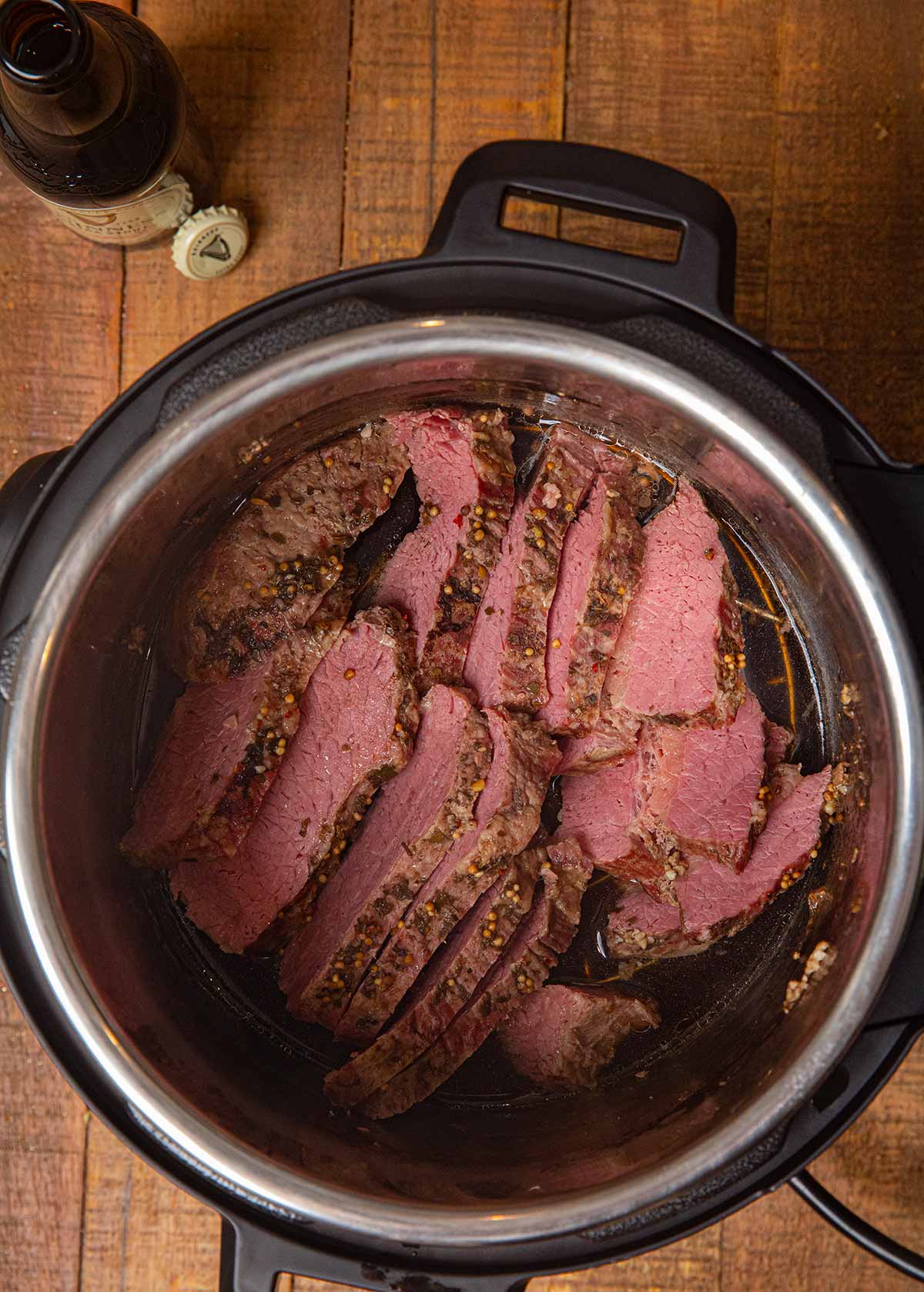
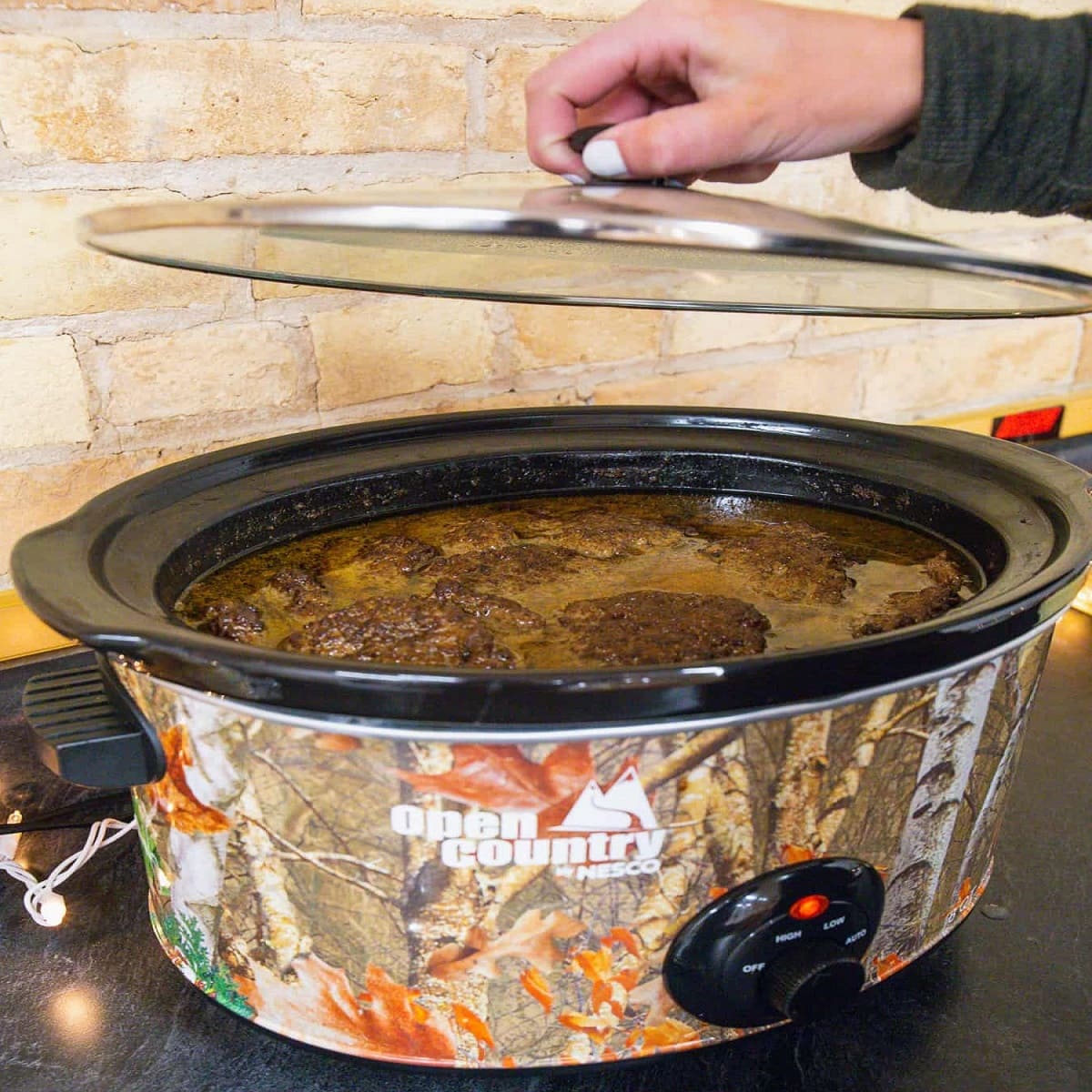
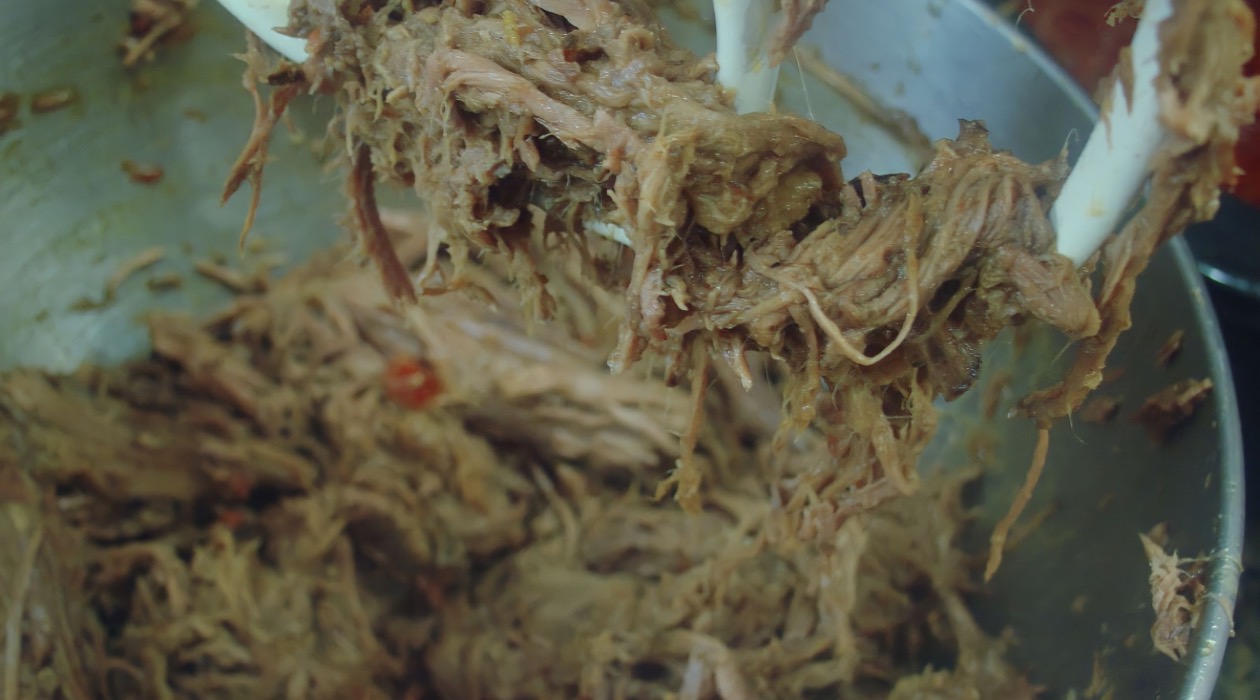
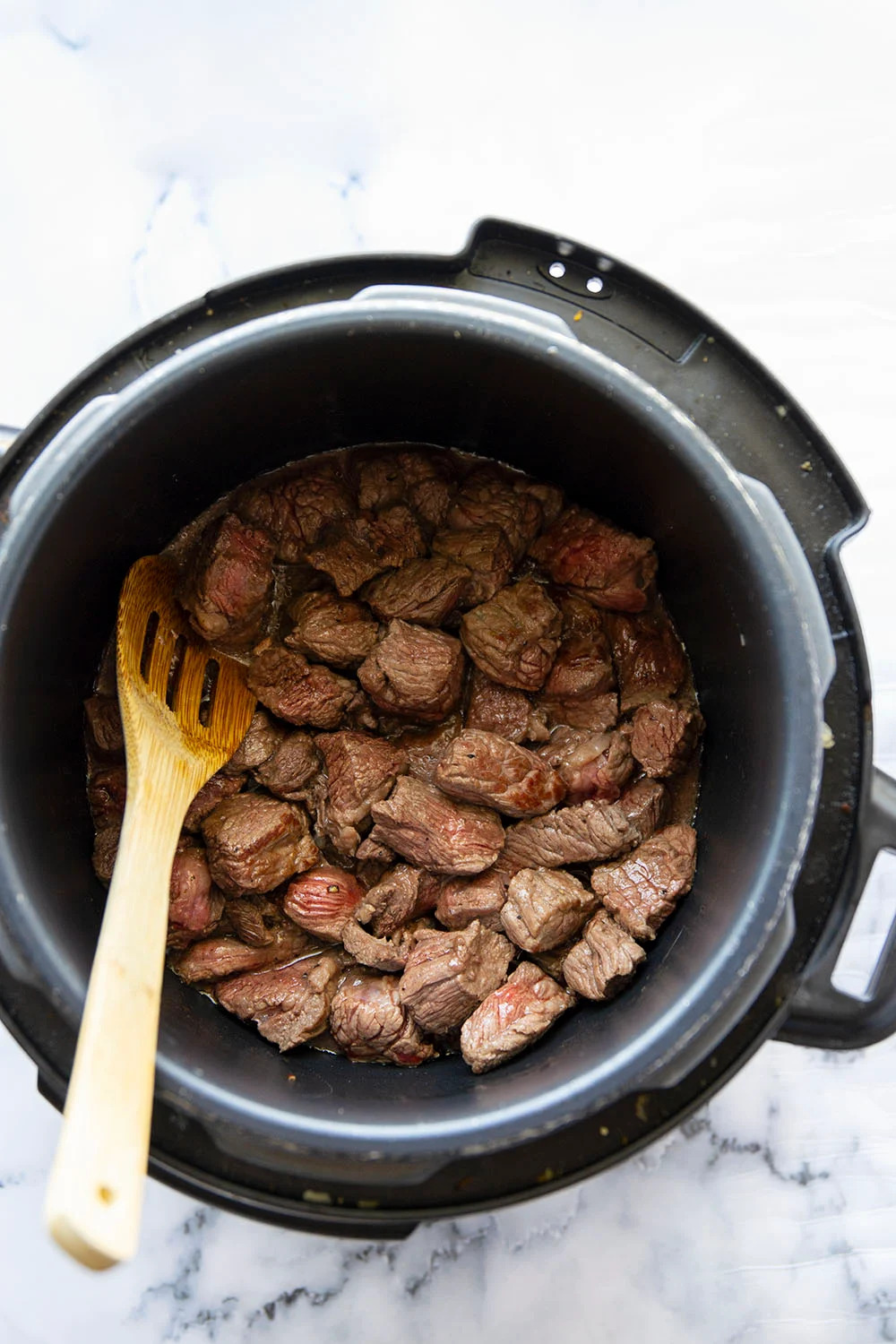





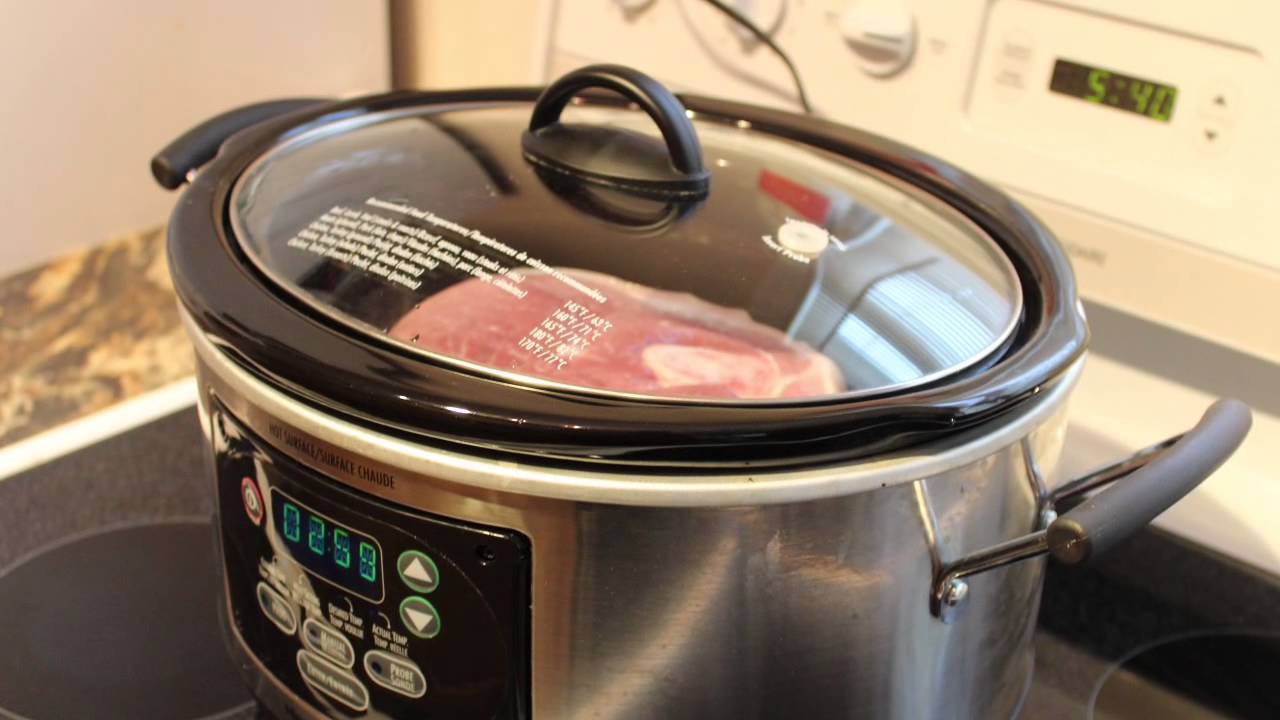


0 thoughts on “How To Cook Beef Tongue In A Slow Cooker”